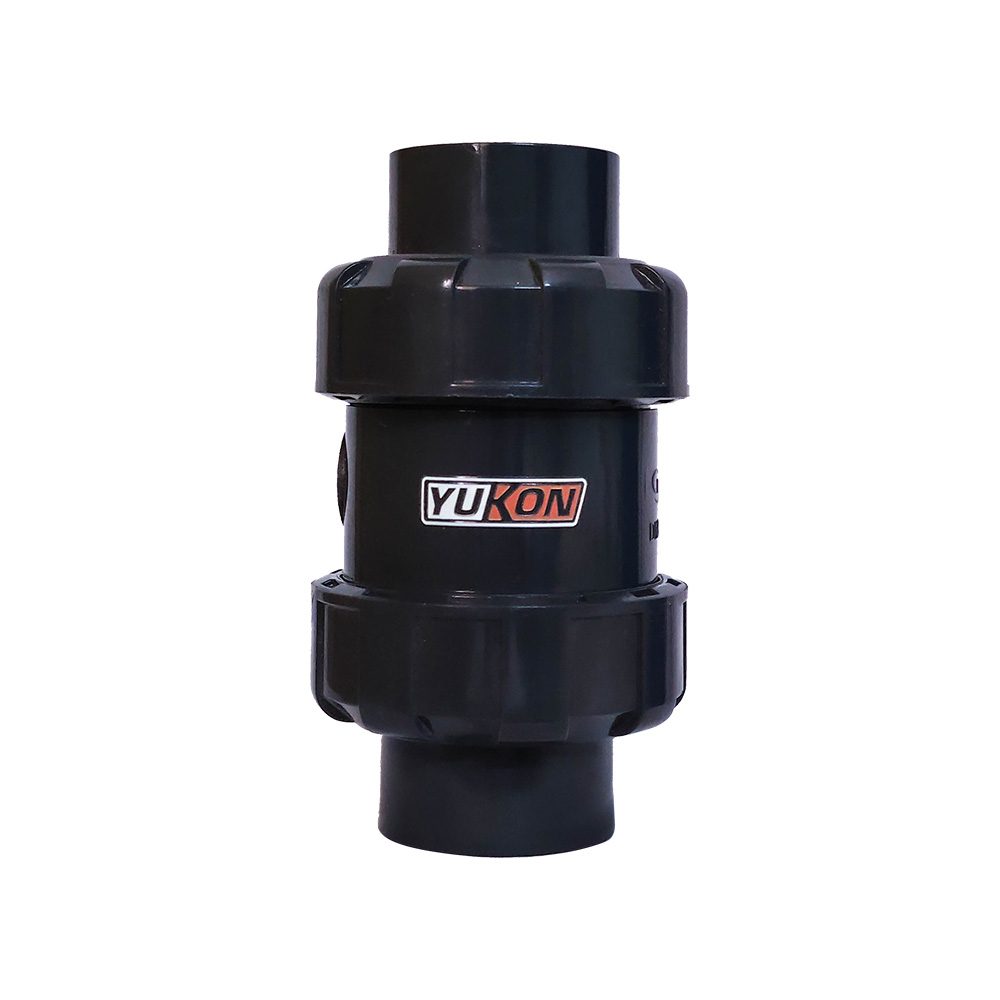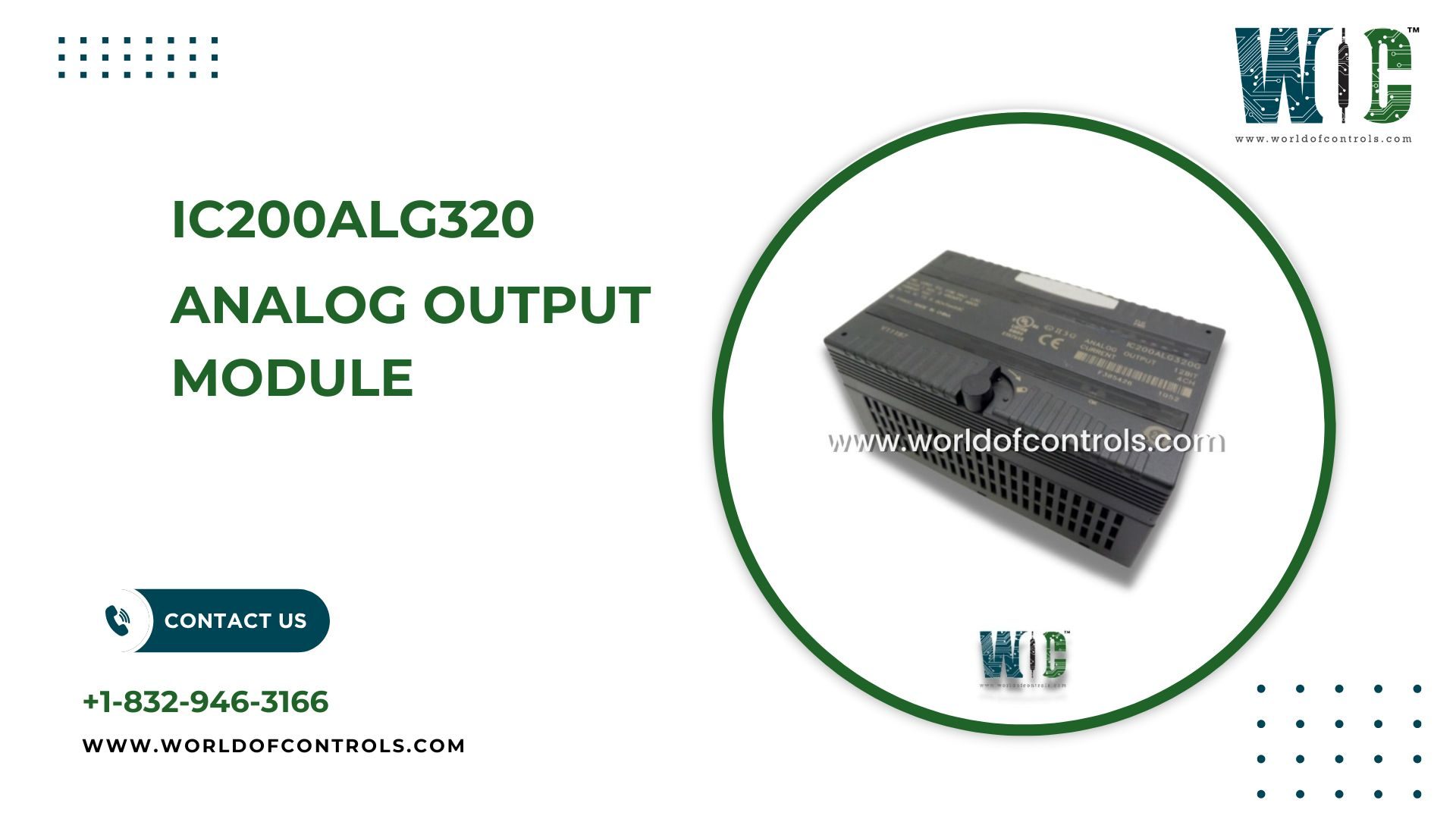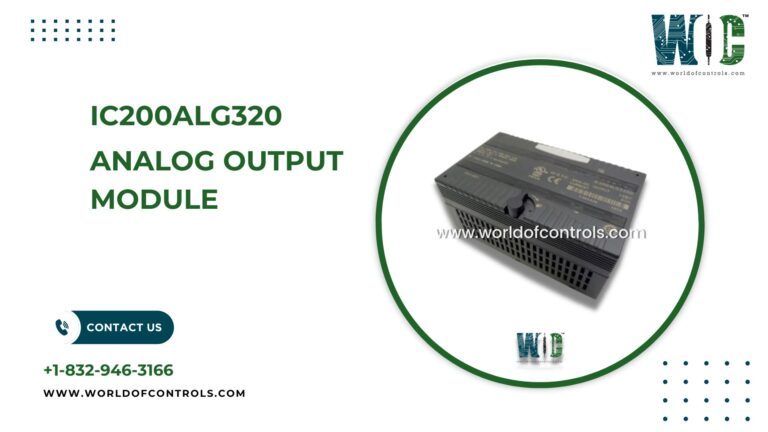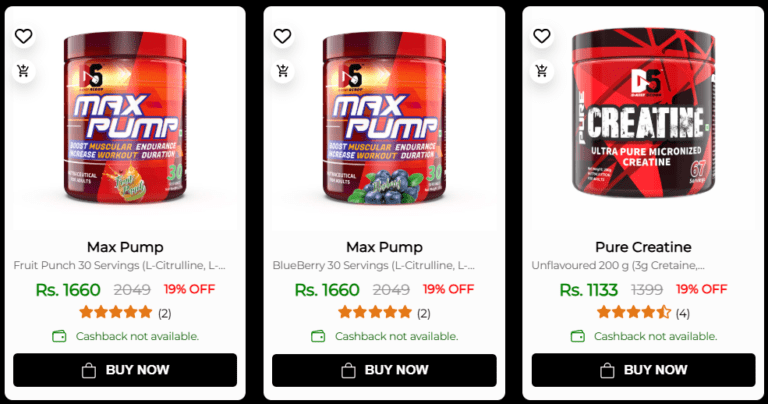Water supply systems play a critical role in homes, industries, and commercial buildings. Among the many components that ensure efficient water flow and safety, the UPVC non return valve stands out as a key device. While small in size, its function is essential for preventing water from flowing backward, thus protecting the system from potential damage and contamination. This article takes a close look at the importance of UPVC non return valves and their specific function in modern water supply setups.
What is a UPVC Non Return Valve?
A UPVC non return valve is a type of check valve designed using unplasticized polyvinyl chloride (UPVC). Unlike traditional materials like metal or rubber, UPVC offers excellent resistance to corrosion, chemicals, and high pressure. These valves are specially designed to allow fluid to flow in one direction only. Once the flow stops or reverses, the valve automatically closes to stop backflow.
This function is especially important in pipelines that transport clean water, where any reverse flow could lead to contamination or pressure-related damage.
Why Are They Used in Water Supply Systems?
Water systems rely on consistent pressure and direction of flow. When water flows back in the reverse direction, it can lead to problems like contamination, system failure, or pressure drop. UPVC non return valves solve this problem by shutting off flow when reverse pressure occurs.
Here are some key reasons why these valves are used in water systems:
-
Prevents Backflow: Their main function is to stop water from returning to the source. This is vital in maintaining hygiene and preventing mixing of clean and used water.
-
Protects Pumps and Equipment: By blocking reverse pressure, these valves help avoid damage to pumps, meters, and other connected equipment.
-
Maintains Pressure: They support consistent water pressure by restricting flow to one direction, especially in multi-level buildings.
-
Energy Efficiency: By maintaining flow direction and pressure, energy used for pumping water is used more efficiently.
Advantages of UPVC Material
The material used in these valves brings several benefits. UPVC is strong, lightweight, and highly resistant to chemicals and corrosion. This makes it ideal for water applications where long-term durability is needed. Some of the major benefits of UPVC non return valves include:
-
Low Maintenance: Once installed, they typically require little attention over long periods.
-
Rust-proof: Being plastic, UPVC does not rust, unlike metal-based valves.
-
Cost-Effective: They are more affordable compared to metal valves but offer similar reliability.
-
Easy Installation: Lightweight and easy to handle, they can be installed quickly in a variety of systems.
Where Are They Commonly Installed?
UPVC non return valves are used in several types of water supply systems, including:
-
Domestic Water Lines: In homes to prevent backflow from storage tanks.
-
Irrigation Systems: To maintain proper water flow in fields and greenhouses.
-
Industrial Plants: In water cooling systems, chemical processing, and waste treatment.
-
Municipal Supply Networks: To protect main supply lines from contamination.
Choosing the Right Valve
Selecting the right type of valve depends on the size of the pipeline, flow pressure, and specific application. It’s important to ensure that the valve you choose is suitable for the direction of flow and expected pressure range. Consulting with a professional before purchasing is always recommended.
Final Thoughts
The UPVC non return valve is a simple but essential part of any water supply system. Its ability to prevent reverse flow helps protect equipment, maintain pressure, and ensure water quality. Thanks to its durable material and easy operation, it is widely used across homes, farms, industries, and public water systems. Whether you’re upgrading an existing setup or building a new water line, adding this type of valve is a smart move for long-term efficiency and reliability.













